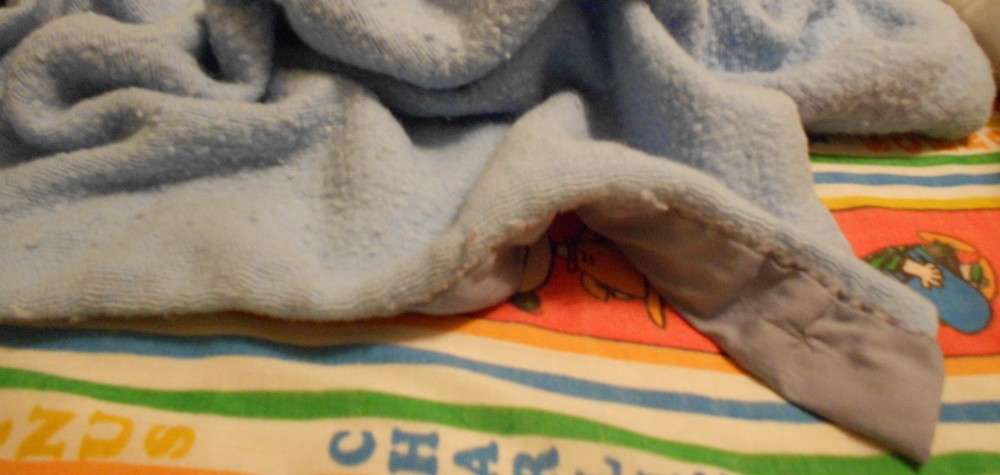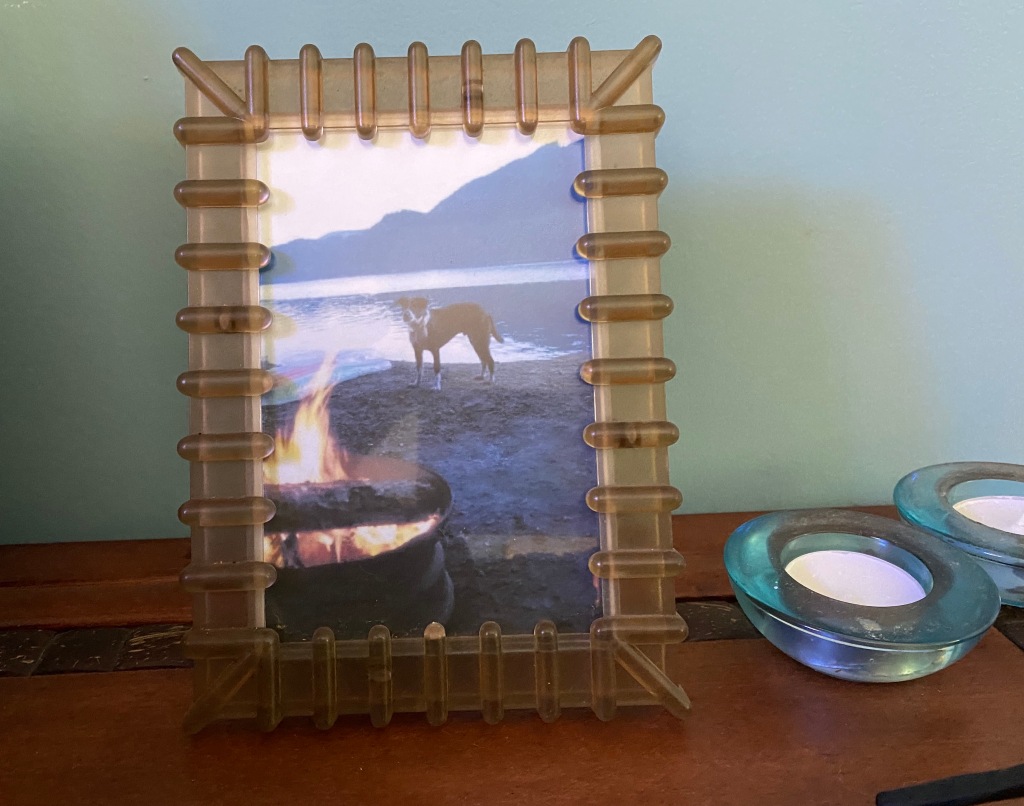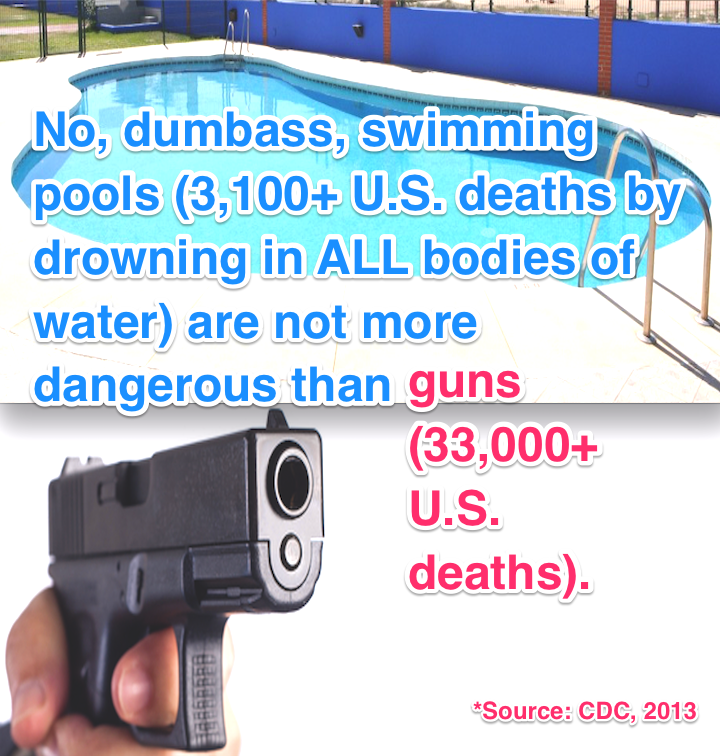by
JC Schildbach
Thanksgiving 2022 in the Seattle area arrived, as Thanksgiving often does, bright, shiny, and obnoxiously cold in the way it can only be cold here when there is no cloud cover. Okay, it was really only bright and shiny once the fog lifted. And the temperature didn’t quite drop down all the way to freezing. But there was frost, and I’m very cold-averse.
As I went to knock out the title for this piece, I almost put a 2023 there on the end. Then I got to thinking about how I’ve neglected to mentally update my age after I hit my last birthday. It’s not that I don’t know what year it is or how old I am, but that I have to think about it at all is a bit odd.
I’ve been joking for quite a while that the pandemic made time meaningless. The company I work for sent us all home (with our work computers) and we had to adapt to working remotely, with the vast majority of our communication switching to Instant Messaging. This wasn’t all that remarkable a change, as we have multiple offices in different parts of the country, and a fair amount of our communication was already conducted via IM. But it was a bit rough to completely lose the face-to-face in exchange for now having to respond to a constant blast of message pings and rarely having regular old conversations with co-workers.

Coming up on the two-year anniversary of us all having been sent home, and with the office lease expiring soon, the company decided that since the operation hadn’t completely fallen apart without us seeing each other in person, and given the insane real estate costs in this region, they’d leave everyone from our office at home and just not renew the lease. The other two offices, on the other side of the country, opened back up shortly after that on a “hybrid” basis – employees working from home some days, and being in the office others. The back-in-office folks had some very mixed reactions to this, which is not to say that all the permanent-work-from-home folks weren’t dealing with our own conflicting emotions about the arrangement, and how we may or may not have made changes in our lives based on a sense of an impending return-to-office edict.
At any rate, with most of my days having become a routine of waking up about a half-hour before my shift and wandering into my office, where I used to enjoy my off-work time writing, reading, and goofing off on the Internet, things tilted a smidge or more out of balance. With mostly-only-IM communication at work, it became very easy to lose touch with co-workers if they didn’t specifically need something from me, and I didn’t need anything work-related from them. I’ve maintained regular communication with most of my colleagues I was closest to, but am occasionally surprised when I hear from some others. Even people working directly under me, on my team, can go weeks without a (typed out) word between us.
And a lot of the usual markers for the passage of time faded.
I am exceptionally grateful that I was recently able to meet up with a former co-worker. It was a bit strange to realize we had last worked together over a decade ago, and aside from infrequent exchanges online, a presentation of sorts I gave at her work way back when I was still doing assessments and treatment of sex offenders, and one of my pumpkin-carving parties that she attended well before COVID came about, we hadn’t otherwise seen each other in all that time.
As we were catching up, what could have been brief updates turned into swirling, involved stories, as more and more pieces of background were necessarily added in order to make sense of where things were at now with former co-workers, family members, and life in general. And in that swirl, I kept realizing that I was adding a “but because the world shut down” to events that had occurred well before the pandemic. Then as I tried to pull back from the pandemic excuse and place the events in context of other events, realized that no, I was still commuting to work at the time, or no, that was just after we were in Hawai’i with the MiL, or no, that was when the kid was working at job X.
I ‘get’ that part of the jumbling of events is likely due to my aging brain and my ongoing failure to provide it with appropriate maintenance and support. But I also have to wonder at exactly how much of my memory is being compromised by me spending an average of well over 90% of my time in my house, with roughly 35% or more of that time spent sitting in the same room at the very desk where I am composing this post, staring at my personal laptop or my work computer, much of that time spent necessarily or unnecessarily responding to whatever pops up. When you add in the (if I was getting adequate sleep) 30-ish percent of the time I’m not awake, that makes for some very odd calculations.
So this year, I am grateful for the opportunity to spend a little more time getting back out into the world for things more stimulating than a trip to the grocery store, even if it has a tendency to highlight just how much I’ve been disconnected, even while I’ve been totally wired (or wirelessed) in, and for how long.
I am posting this so late, after Thanksgiving Day has already ended in all of the country aside from Hawaii and parts of Alaska, because I started writing several hours into the morning and hadn’t yet finished when I had to get ready so we (M, the kid, and dogs Bobby and Lemmy) could travel to West Seattle for a joyous Thanksgiving dinner at my niece’s (temporary) home. Because I met new people, had a vegetarian meal, played a few rounds of Scattergories, and walked the dogs through the neighborhood to see my niece’s fire-damaged house, I have a few more markers to remember it by than the last few years, when we were at home, with no guests, and may or may not have prepared a traditional Thanksgiving meal on Thanksgiving Day, instead opting to have the meal a few days late. (And, hey, if you were a guest at a Thanksgiving meal at my house within the last few years, sorry, but you should have been much more memorable).
Or was that Christmas when we postponed the meal? Working for a 24/7 operation also means I work on some holidays, so that doesn’t help with the jumble-and-swirl memory mess, especially if the holiday basically consists of making a big meal at home for just the people you live with, knocking back some cocktails during the meal preparation and dinner, and probably spending much of the day binge-watching some series or other, much like most other days off.
I feel a sense of hope, though, since I do remember M’s birthday earlier this year. Perhaps this is because there were multiple particular details to remember. We were visiting my mother and having, per M’s request, a Christmas/Easter-style meal, with multiple other family members, and, according to the heat thermometer, couldn’t get the ham up to the proper internal temperature for safe consumption, so finally decided to just eat it anyway. This is not to say that in the future I’ll be able to place that birthday dinner by a specific year without looking up things online. But at least I’ll (probably) be able to remember it as “post pandemic” or “post vaccination”.
And now, to close this out, and to celebrate the absurdity that is using the Internet as a repository of the details of our lives instead of being able to track them in our own heads, I will share with you this “memory” from Facebook, which turned up in my feed today:
On this Thanksgiving, I am ever more grateful to be drawn into the traditions and spiritual life of my wife, as well as to have my own spiritual foundations that contributed a great deal to what I have become (well, the good parts, at least). And with that, I offer an “Itadakimasu”–essentially meaning “I humbly receive”–an acknowledgment that our own lives depend on the lives of others (of all species). Happy Thanksgiving!

















